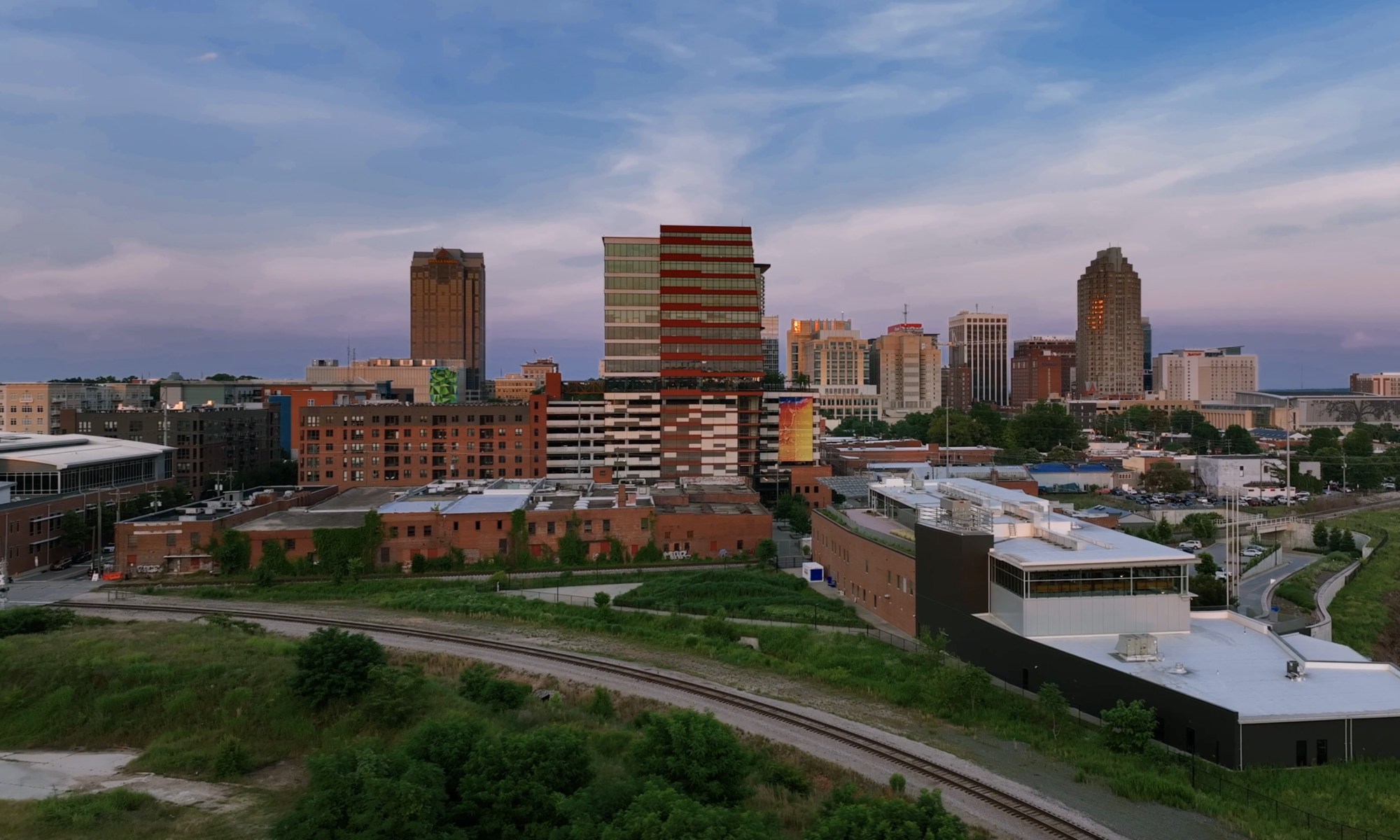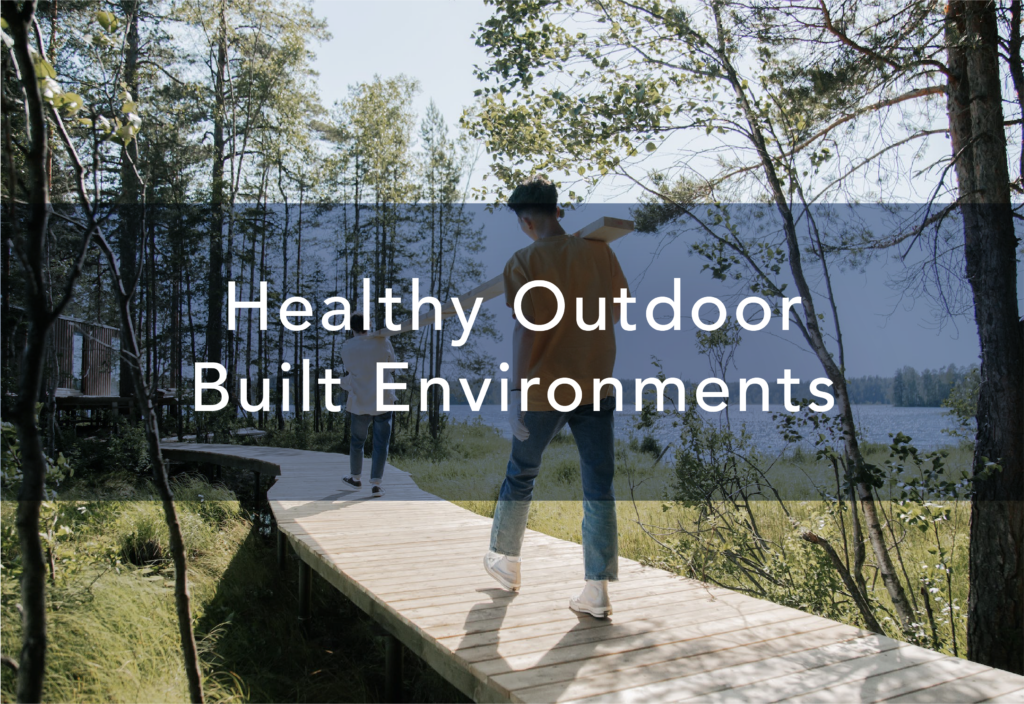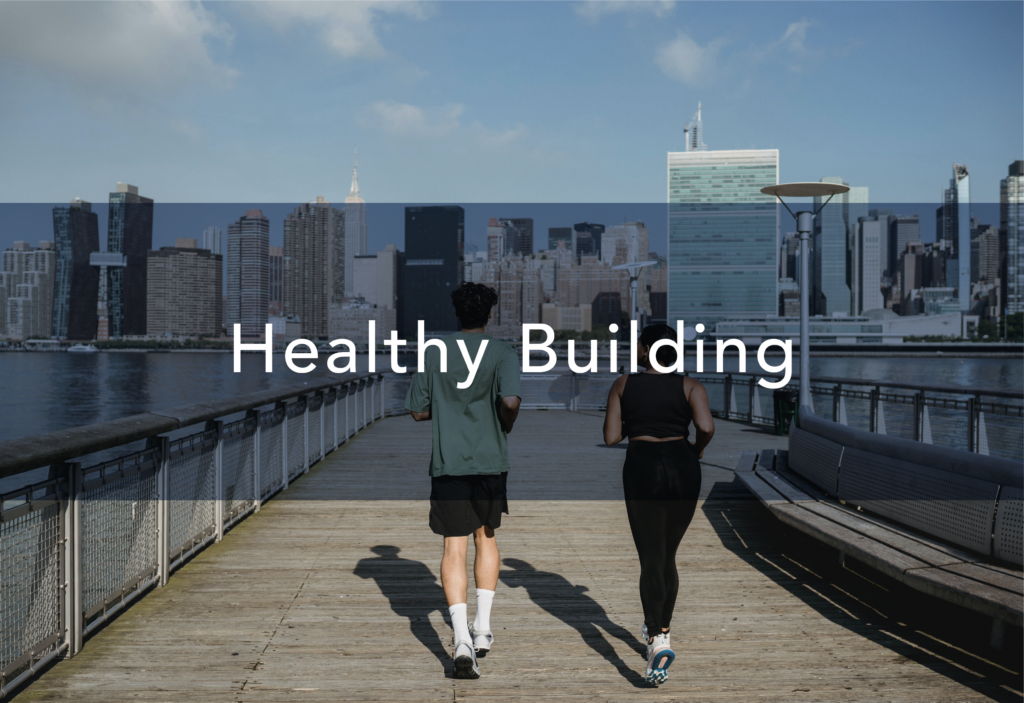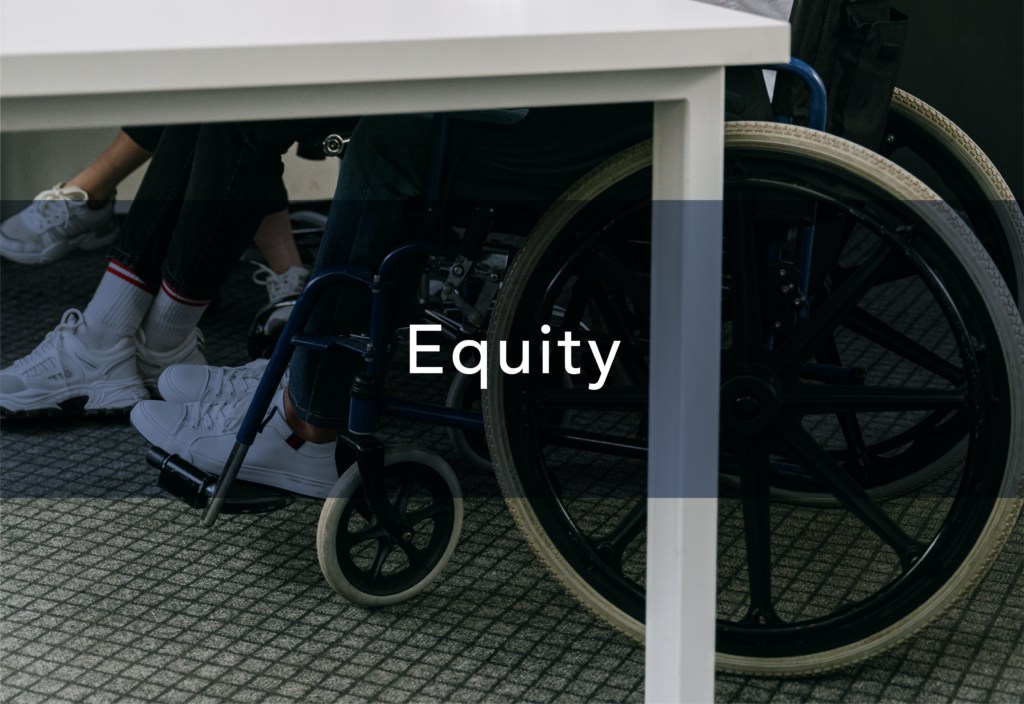The relationship between the built environment and wellbeing spans live, work, play, and learning environments.
Designed spaces are all around us, indoors and out. The exploration into the health impacts of these spaces is relatively new and wide reaching. The exploration into health can include physical health and health behaviors, which are easier to measure, but can also include mental, emotional, and spiritual health, which is more difficult to understand. Considerations around belonging, inclusion, and equity can also all squarely sit under the larger umbrella of health.
The Building for Wellbeing Collaborative explores these important questions, situated within the built environment. Our projects are interdisciplinary, integrating different ways of knowing through different lenses – all of which are important in truly understanding how to support better health outcomes for communities.
"The built environment is associated with both physical activity behaviors and health outcomes such as obesity, cardiovascular disease, diabetes, and cancers."
(Sallis et al., 2012)





